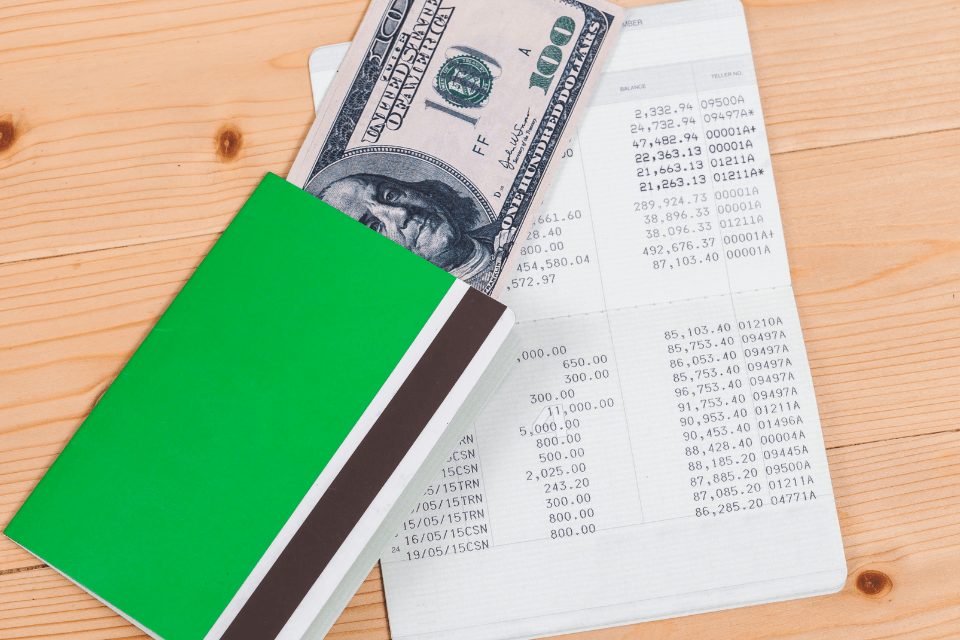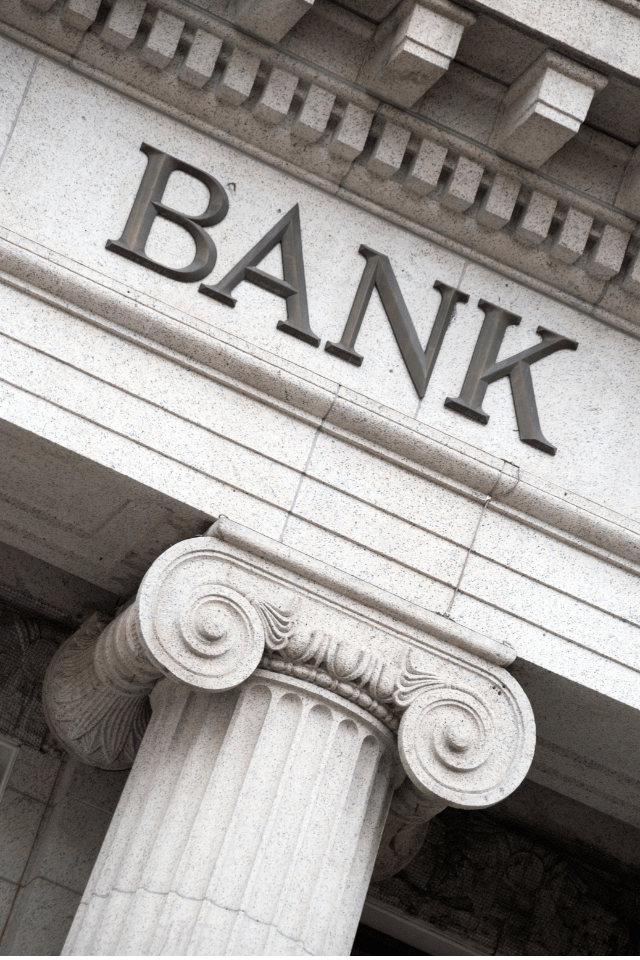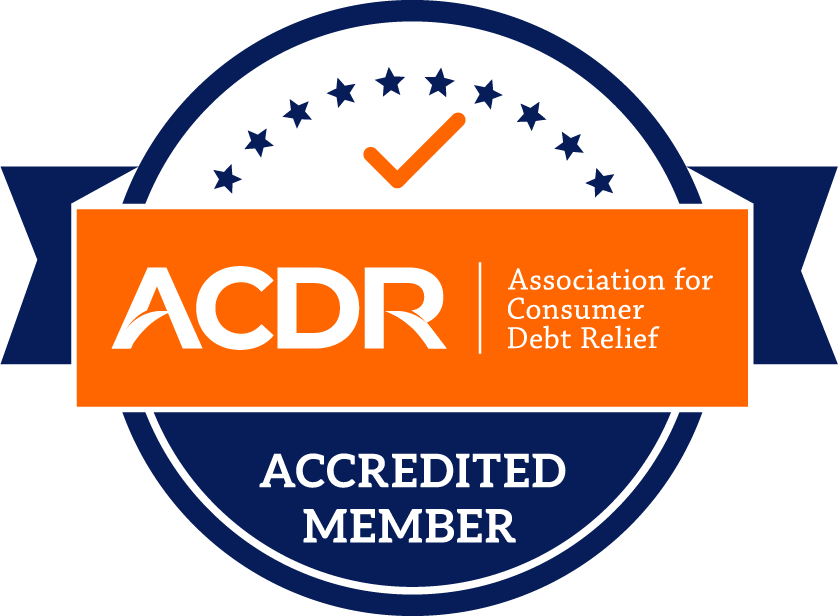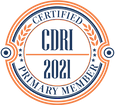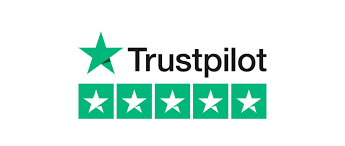You may find that one is better suited than another to your needs when you compare savings and checking accounts, and in some cases, it is from using both that you may benefit most. When shopping around for a savings or checking account, here are some questions to consider.
- Is there a daily limit on deposits in checking and savings accounts?
- For checking accounts, do ATM withdrawals carry a daily limit
- Is interest earned in such an account, and what is the APY, if so?
- What are the account fees, such as a monthly maintenance fee?
- Do you need to meet a minimum balance requirement in order to have such an account?
- Is interest earned in such an account, and what is the APY, if so?
The bank might offer a special perk for opening a new account; check it out. In a ridiculously low-interest-rate environment, banks are highly competitive so they occasionally have incentives to make a savings or checking account more attractive. For instance, you could enjoy promotional deals for opening other accounts, such as a certificate of deposit or money market account, or they may allow you to join a money-saving discount or debit card rewards program.
Last but not least, bear in mind the kind of access that works with you when it comes to banking. Whether you choose a savings or checking account, consider whether the bank offers the mobile and online banking tools you need to manage your money digitally, the number of ATM locations and whether branch banking is available, if that’s something you occasionally use and value.

